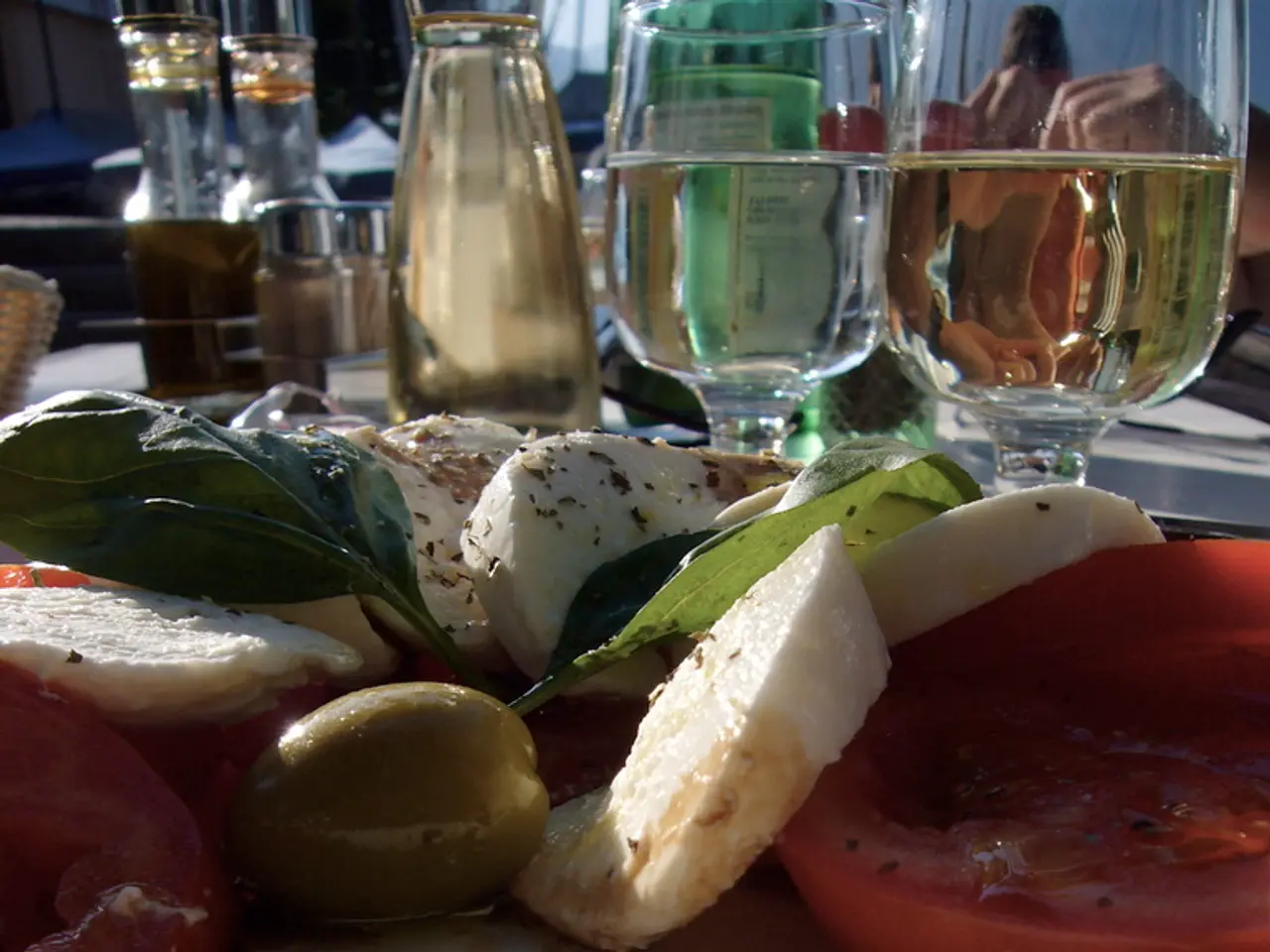Exploring Croatia: Wine Enthusiast's Journey
In the heart of Europe, the small yet vibrant country of Croatia boasts a rich wine-making tradition that dates back thousands of years. From the ancient Greek settlers to the present day, the Croatian wine industry has weathered numerous challenges, including invasions, wars, and political conflicts, and continues to thrive.
During the Middle Ages, the royal wine procurer held a significant role in wine production and procurement. Fast forward to modern times, and the focus has shifted towards small, family-owned production, making strides on the world stage.
The Slavonia & Danube region, east of the Uplands, is renowned for its crisp white wines with hints of minerality. This is thanks to the volcanic soil found in this area, which is home to the widely-planted Graševina grape. A fun fact: the Slavonian oak forest in Croatia produces the oak used for casks that age some of Europe's finest wines.
Croatia is blessed with 64 indigenous grape varietals, with white wine accounting for approximately 60% of total production. Among the popular indigenous grape varietals are Plavac Mali, Trnjak, Pošip, Bogdanuša, Maraština, and Prč.
Plavac Mali, considered Croatia’s signature red grape, is particularly prominent in the Dalmatia region. Trnjak, a native black variety from the inland Imotski region, is gaining popularity since around 2011. On the other hand, white varieties such as Pošip and Bogdanuša are notable on the Dalmatian islands like Hvar and Brač.
Dalmatia, which runs along the Adriatic Sea, is ideal for grape cultivation due to its hot, humid weather. Notable winemakers in this region include Mike Grgich, a Dalmatian native known for his work in California's Napa Valley. Grgich famously argued that Zinfandel was a descendant of the Plavac Mali grape, a claim that was later proven through DNA testing.
Inland, the Kutjevo wine-growing district in Slavonia & Danube is home to some of the most famous winemakers in Croatia, including Krauthaker and Enjingi. Wine production in Croatia can be divided by coastal and continental designations, with white wines typically found inland and red wines prominent along the coast.
In 2012, Croatian winemakers and experts created a new system that highlights four regions, which further divides into 12 subregions, and then 66 smaller wine hills. This system aims to preserve the unique character of each wine-growing area in Croatia.
The Roman Empire significantly expanded wine production in Croatia, leaving a lasting impact on the industry. Today, Croatia continues to make its mark on the global wine stage, offering a diverse range of quality wines that are worth exploring.
- The royal wine procurer, a significant figure during the Middle Ages, was instrumental in Croatia's wine production.
- Nowadays, small, family-owned production in Croatia is making a significant impact on the global wine stage.
- The Slavonian oak forest in Croatia produces oak used for aging some of Europe's finest wines, contributing to the country's culinary and cultural prestige.
- Plavac Mali, Croatia's signature red grape, is particularly prominent in the Dalmatia region, earning it a spot in the country's rich food-and-drink lifestyle.
- Mike Grgich, a Dalmatian native, gained fame for his winemaking in California's Napa Valley and for his claim that Zinfandel is a descendant of the Plavac Mali grape, a claim later proven through DNA testing.




